The man who chained a river
The old be-whiskered man bends his face downwards, his weak voice barely audible above the traffic which hurtles down his Embankment. ‘If you were to have stood just here’, he says, ‘a hundred and fifty years ago, before I began putting the river in chains, you’d have been buried in black filth. All manner of things; horse and human dung, market detritus, rotting animal corpses and anything else that the river transported down from upriver. A miasma of mephitic air would have surrounded you making it hard to breathe’. He pauses, shrugs and speaks again; ‘Behind me here, the river was wider than you see today, black and sluggish, its gently sloping banks of filth extending thirty metres and more behind you to those great palaces of stone which bordered its banks. Disease was rife. In the three decades it took Parliament to decide to give me the funds, over 40,000 people died of cholera and other water infected diseases. But it was the Great Stink in the summer of 1858, not the thousands of working class deaths, which persuaded them.’ He nods, gently smiles.
Bazalgette’s ‘outflows’ taking waste 8 miles east across London (source wikicomons)
The summer of 1858 was a hot one. The river, much wider than it is today, was sluggish due to a lack of rain. The banks were piled high with excrement as all waste was dumped nightly into the river by nightsoilmen became ever more evil smelling under the hot sun. So bad was the fetid smell that despite dousing their curtains in chloride of lime, the Parliamentarians could neither think nor speak. They moved their sittings away from the Palace of Westminster and they were finally persuaded to pass a law granting £2.5m to the Metropolitan Board of Works (the forerunner of the GLC or London Assembly) so that a solution could be found.
Sir Joseph Bazalgette (source wikicommons)
As chief engineer for the Board, Joseph Bazalgette was charged with the responsibility of designing a system that would remove the waste from the centre of London. He’d already been heavily involved with bringing new railways to London - which led to a nervous breakdown - and he’d been the architect and designer of Hammersmith Bridge, the longest suspension bridge of its time. However, it was his design and implementation of over 1,000 miles of drains along with eighty-two miles of tunnels, known as ‘outflows’ for which he is most remembered. In order to facilitate the flow, he built the world’s largest pumping stations at Abbey Mills, Chelse, Deptford and Crossness. These were no ordinary grey sheds of modern design, but temples. Temples to engineering, monuments to confidence and pride in engineering.
Building Bazalgette’s sewage system (source Wikicommons)
Between 1865 and 1875, 318 million bricks were used to build the network of outflows and over 670,000 cubic metres of Portland Cement. So great was the demand for bricklayers that their wages rose by over twenty per cent.
Victoria Embankment - underneath which are the sewage tunnels and the District line. The river Thames covered this area and the same distance to the left of the photo
Bazalgette’s plan included embanking the Thames or as his memorial plaque puts it, ‘Flumini vincula posvit’ (He put the river in chains). He created the Victoria and Albert Embankments. Underneath the embankments ran a sewage tunnel, as well as the newly created District Underground Line. By embanking the river, he created a further twenty-two acres of public space including Victoria Gardens. Avenues of London Plane Trees were planted. He built the world’s largest pumping stations to enable the waste travel down the pipes - at Abbey Mills, Chelse, Deptford and Crossness. These were no ordinary grey sheds of modern design, but temples. Temples to engineering, to aethestics, to pride in a job worth doing.
The sinking of the Princess Alice, The Thames’ worst disaster (source Wikicommons)
But not all was good. Barking had one of the largest fishing ports in England. The emptying of tens of thousands of gallons of raw sewage daily a few miles upstream had a detrimental effect on the trade. However, whilst this was a disaster for the fishermen, it was not the headline news. On 3 September 1878, The Princess Alice, a pleasure boat taking 600 people on a cruise down the Thames crashed into The Bywell Castle, a collier. The Princess Alice sank within six minutes. Only 130 passengers survived. Many drowned but the majority died of asphyxiation. Two hours previously to the accident, 75,000 gallons of raw sewage had been emptied from the Beckton sewage tanks (which held the ‘northern outflow’ contents until the ebbing of the tide) into the Thames, creating a thick black sludge across the river, above which hung a noxious cloud of poisonous gases. Men and women bobbing in the water had no oxygenated air to breathe and so died. It remains to this day, the Thames’ worst disaster.
The government did act on this. It ordered that all sewage across the land was to be treated before being poured into the rivers and sea. The solid waste was to be collected and taken by barge and dumped far out into the North Sea, a practice which continued until a couple of decades ago.
So back to that old man whose bust sits in a niche on the junction of Northumberland Avenue and Victoria Embankment. Millions of Londoners continue to be greatly indebted to him. Every time a loo is flushed in London, the waste still travels along his pipes and drains. His model of transporting the waste east out of the city is still used; Europe’s largest sewage plant is still sited in Beckton, Abbey Mills still pumps and at Crossness one of the country’s largest water treatment works still stands. London became a cleaner city, cholera was eradicated, people lived longer, drank cleaner water.
Yet the best we can do is build a modest memorial to a giant of a man. Above him a Latin inscription, below, his name. No funds are spent on information board detailing his achievement. Yet nearby, on monumental plinths in public squares are placed the unpopular and the inept. (George IV in Trafalgar Square and Field Marshall, 2nd Duke of Cambridge in Whitehall, to instantly name two). But rather than fumigate upon injustice, perhaps we might consider that the man needs no public monument at all, and Sir Christopher Wren’s epitaph is as apt for Bazalgette as it was for Wren; ‘Reader, if you seek his memorial, look around you’.
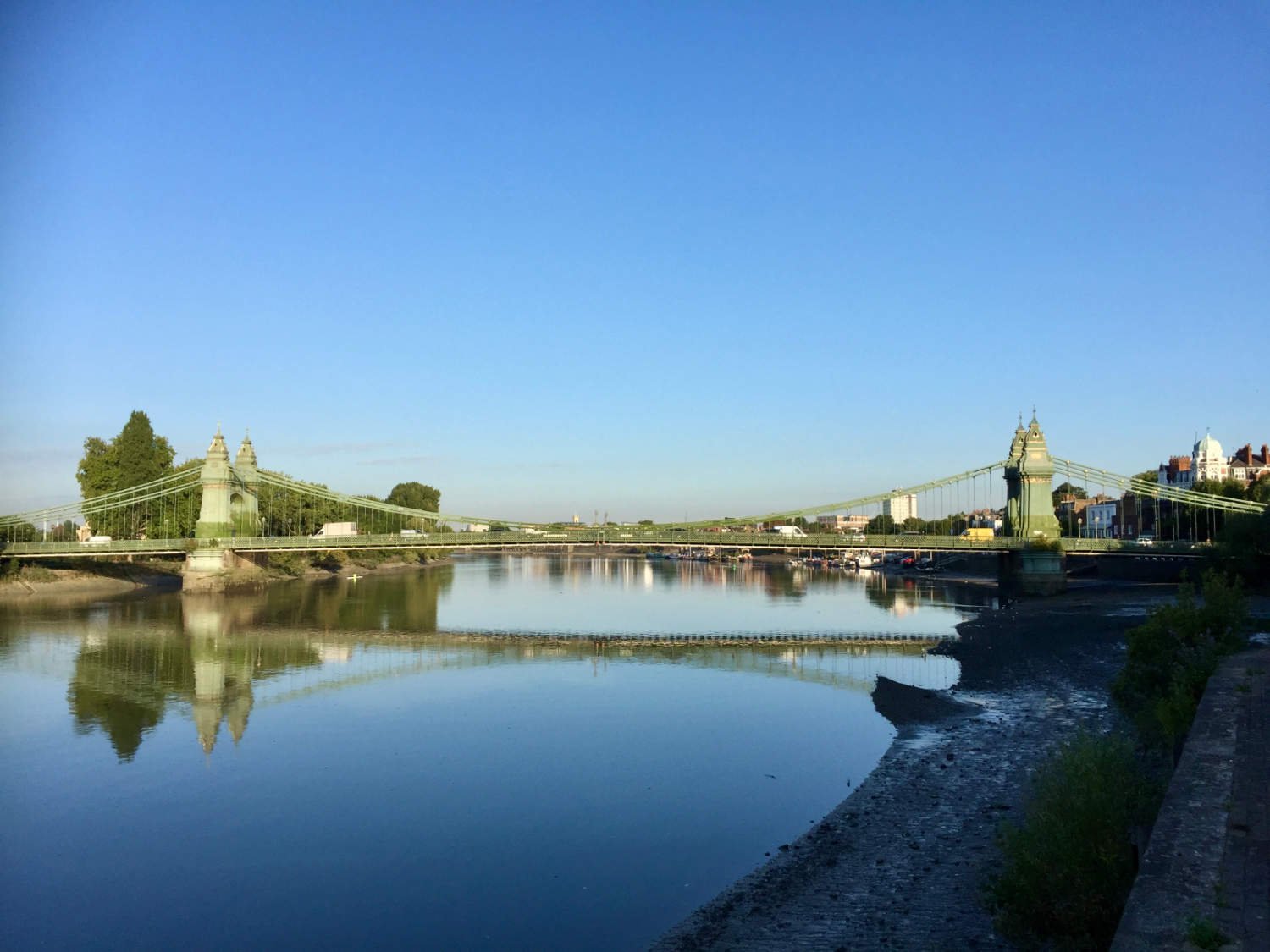



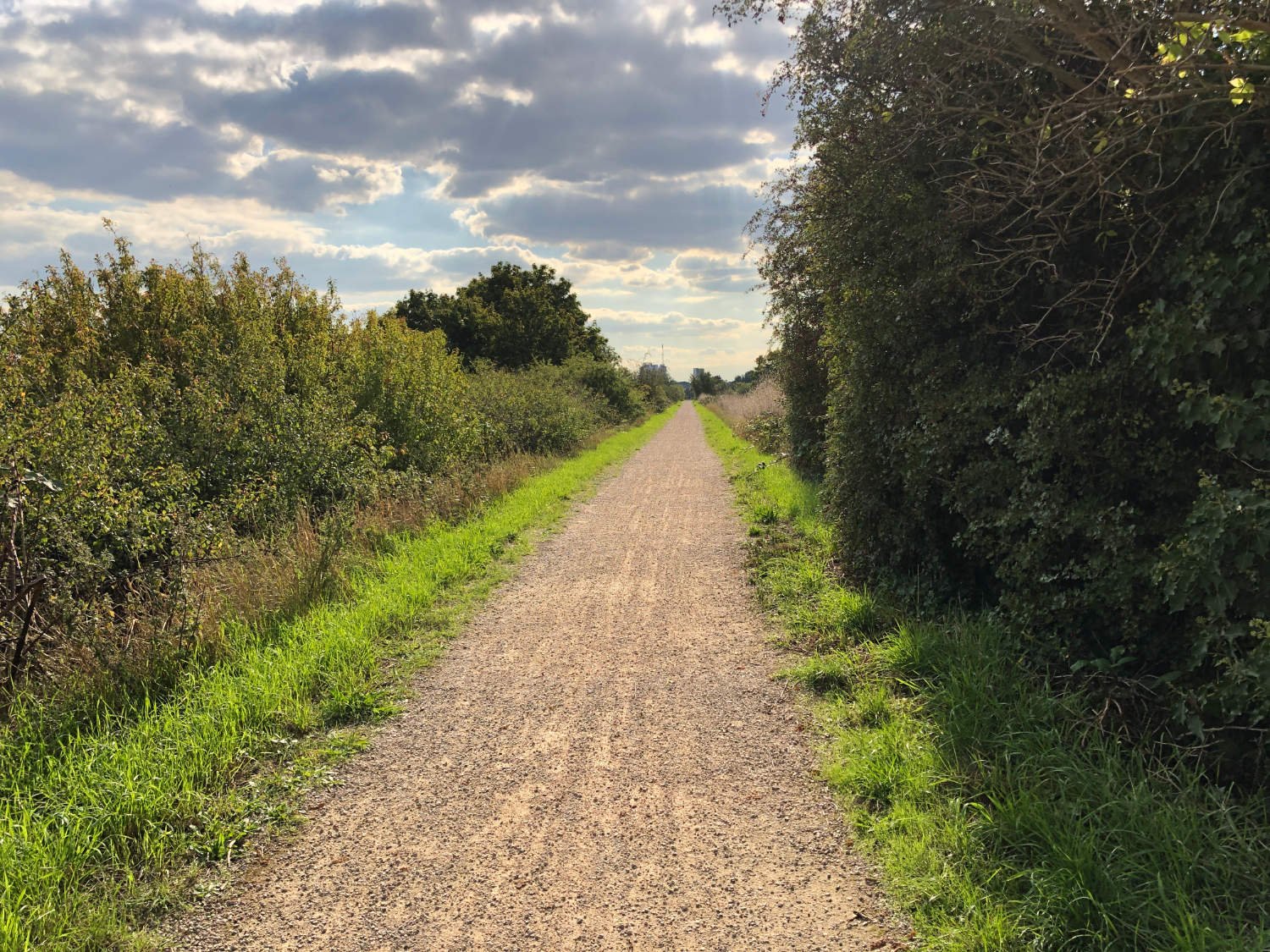

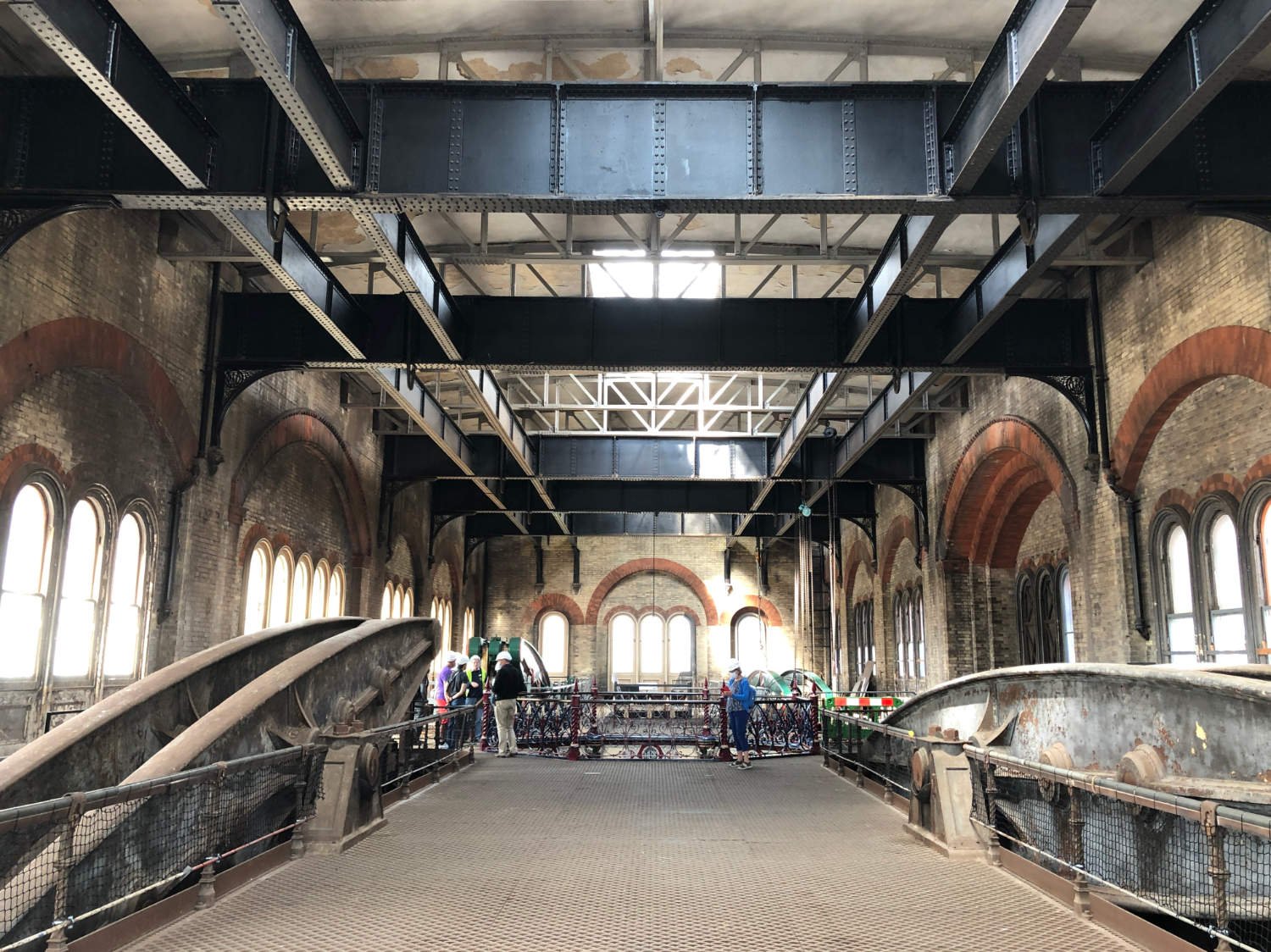
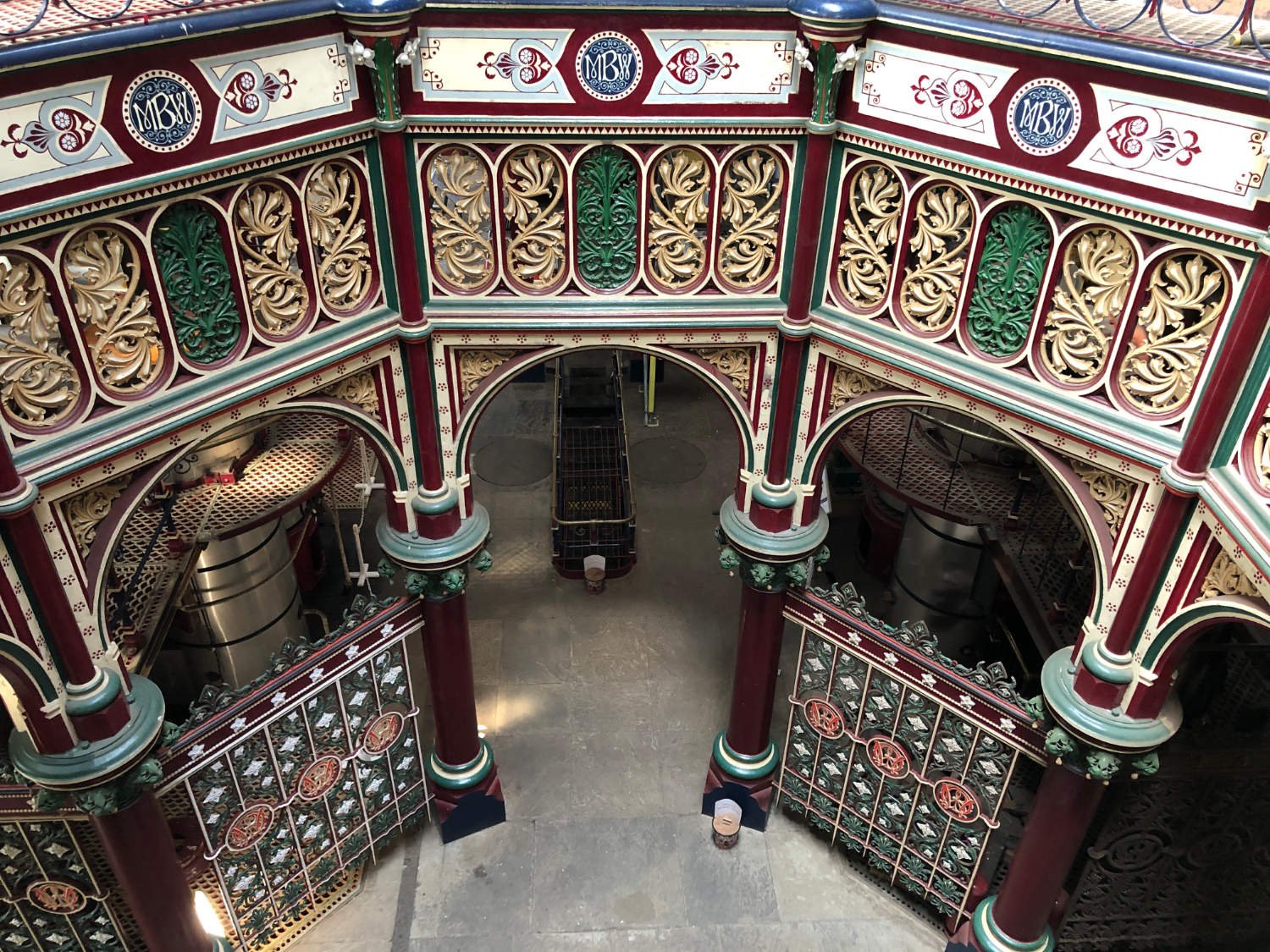
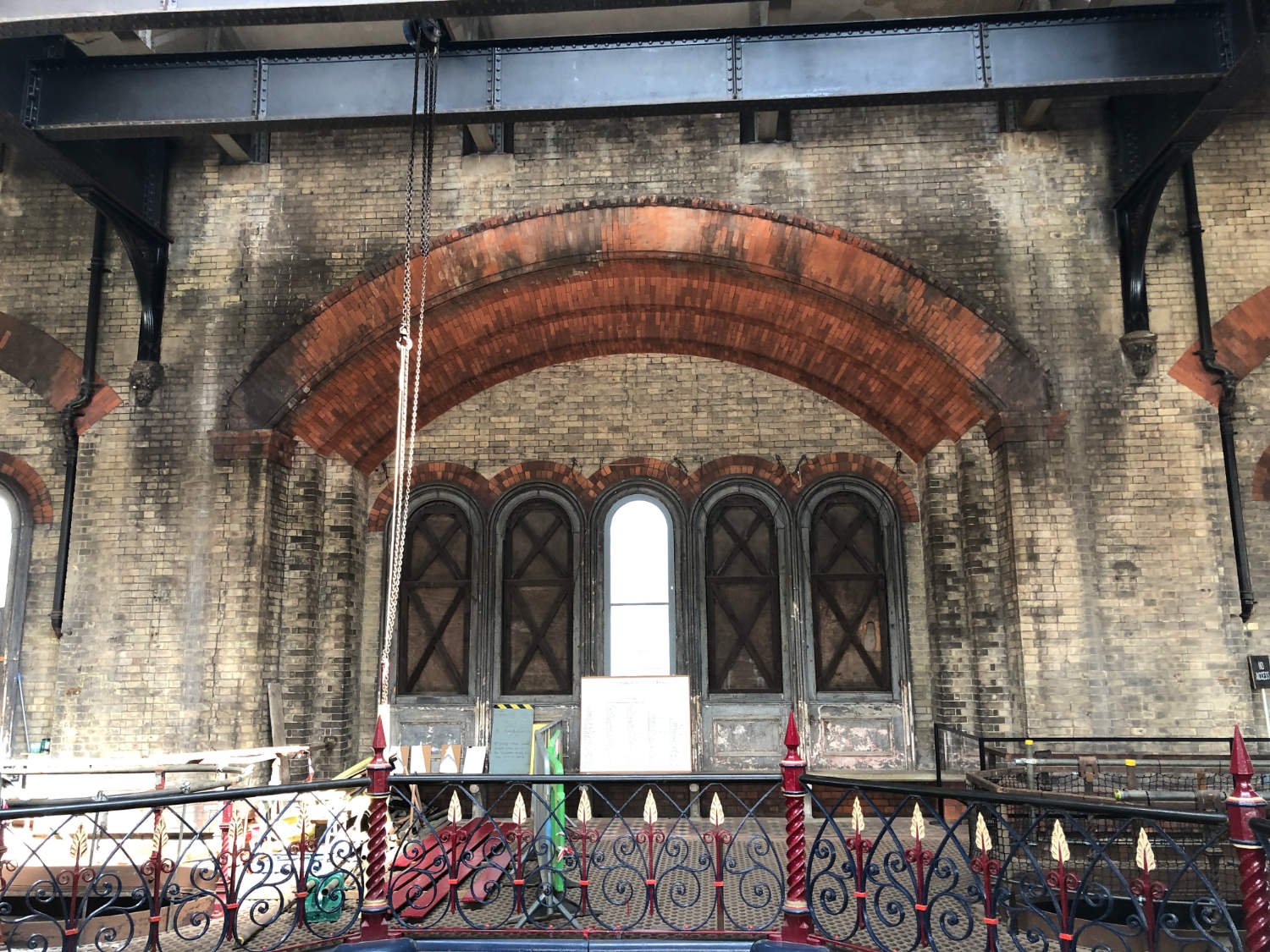
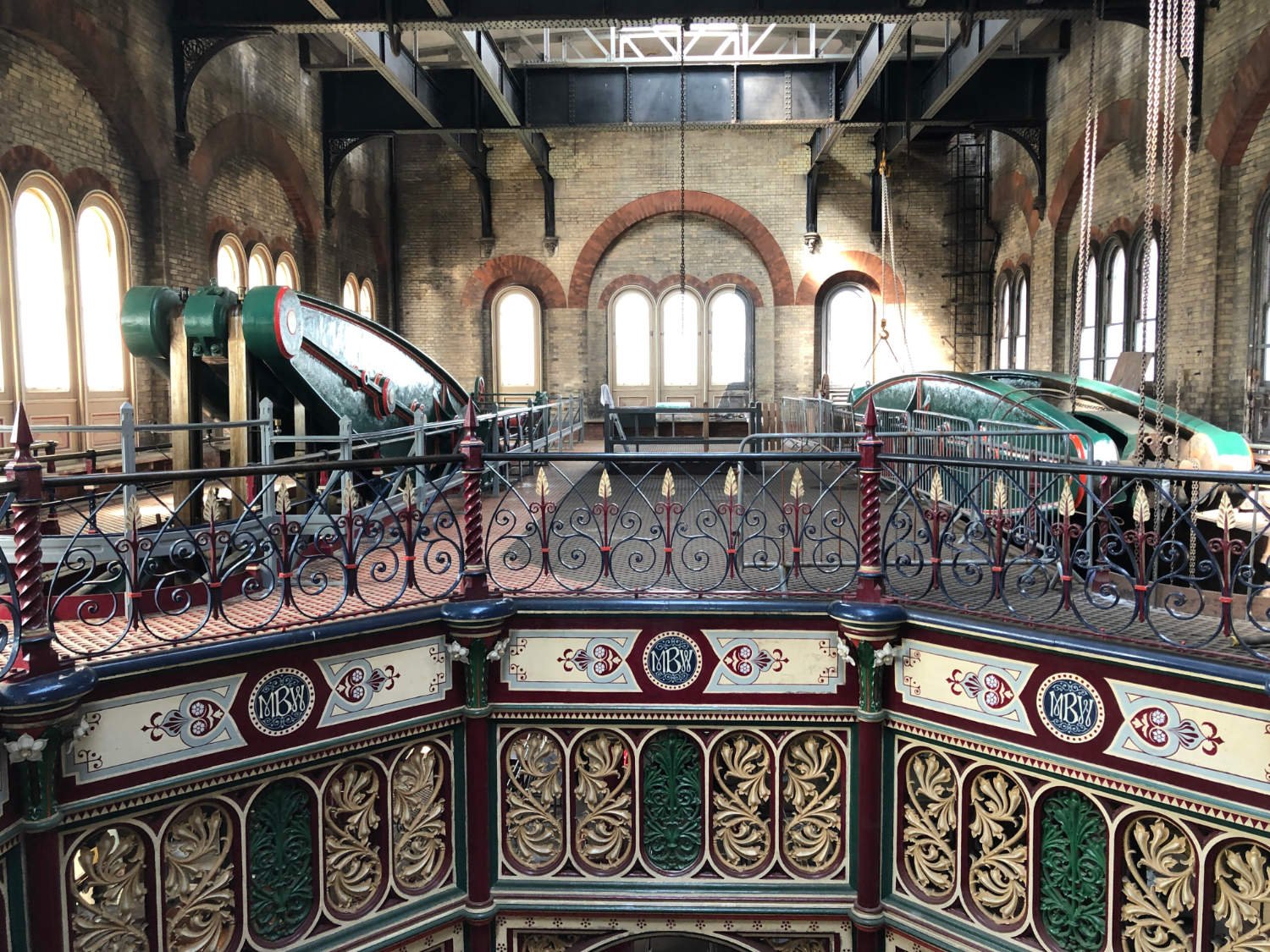
To celebrate Sir Joseph Bazalgette’s achievements, read and ride the trafffic-free cycle route from Westminster to Crossness
Every route on this website has been carefully researched as well as ridden. However situations on the ground can change quickly. If you know of changes to this route, or cafes, pubs and the like which you think other cyclists need to know about, feel free to share your thoughts below.
If you enjoyed this guide, why not subscribe to the website so as not to miss other inspirational routes?
wheremywheelsgo.uk is a Feedspot UK Cycling top website






